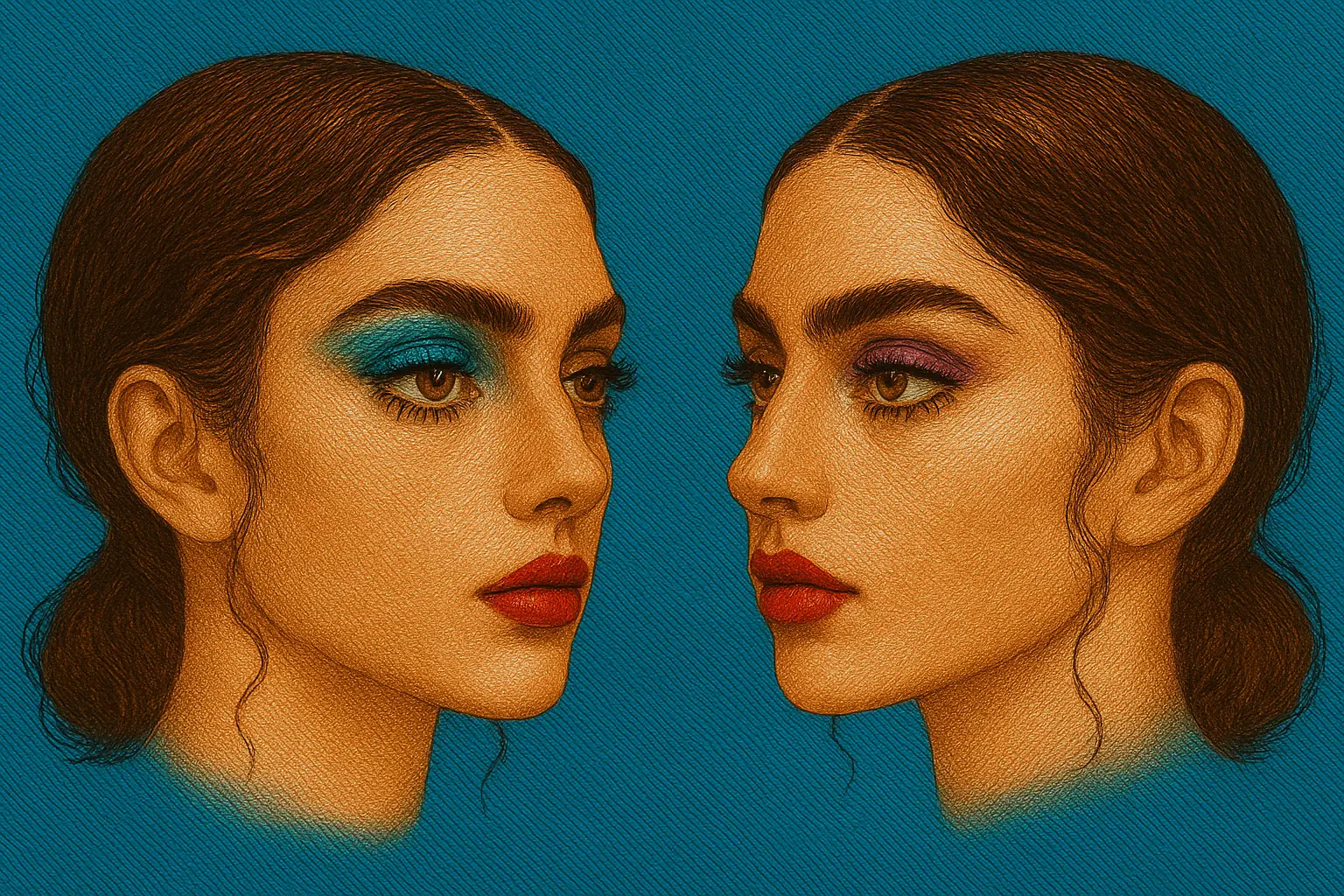Let's start by busting a common misconception. Web3 is not a new technology - it's been around for over a decade now. But the reality is that it's only reaching maturity and the potential for mass adoption in the last 12 months. We recently had the Ethereum Merge, which means it's more efficient, allows more users to participate in the network, and it's more environmentally friendly, reducing about 99.95% in energy consumption, which means that now this technology is more accessible.
At its core, Web3 uses blockchains, cryptocurrencies, and NFTs, and it's characterised by identity, experience and ownership in a way that technologies that came before haven't. So, let's explore these terms and their impact on our future.
Blockchain
What initially drove the need for this kind of technology was a radical view that ownership shouldn't be centralised and owned by a single company or an entity - it's very risky. Those entities can fail, be attacked or disappear. So, what happens to all the information that has been stored there? They can be lost forever. Blockchain is a solution to that. In its simplest form, it's a way to share information across a distributed network. So instead of Microsoft or Google having all your data, it's shared across the blockchain. This means that a single entity does not control your data as a byproduct of what you get, which is a massive revolution.
In terms of adoption, we see several start-ups coming up with ground-breaking ideas, like the Opis Group, one of Calls9's clients, who are developing Opis Cloud, the world's first crypto-based decentralised cloud computing network utilising mobile technology. There are also more established start-ups like Fireblocks, Sorare and Moonpay that have seen exponential growth since 2018.
And, it's not only start-ups that want in the Web3 game. In 2022, we saw several big institutions start developing blockchain solutions, while brands like Amazon, Nvidia, J.P. Morgan, Walmart, Alibaba, PayPal, Samsung and the Bank of China have live blockchain operations.
Cryptocurrencies
Cryptocurrency is a digital payment system that doesn't rely on banks or a centralised entity. It's a peer-to-peer system that enables anyone to send and receive payments anywhere. Crypto has several functions in Web3, but one of its primary functions is maintaining the network and incentivising people to keep using and running it.
Crypto is a really interesting part of Web3, but it's only part of it, and this is one of the big things that need clarification. Crypto and blockchain almost seem inseparable, but they are quite distinct entities. Blockchain is a foundational layer where information is distributed instead of being centrally stored. Cryptocurrencies/tokens live on the blockchain and can be shared, purchased, traded and moved around.
And the future looks positive for crypto, with global crypto ownership rates at an average of 4.2% with over 320 million crypto users, despite fluctuations and significant drops in the value of several cryptocurrencies, such as Bitcoin and Ethereum. It's evident that the industry is only in its infancy and constantly evolving, and big drops can easily follow big highs. After all, some of the biggest brands in the world have adopted cryptocurrencies over time.

NFTs
All of the above evolves into what we now know as NFTs, which are essentially a specific type of token or smart contract that lives on the blockchain and contains information. Attach to that information is, in most cases, some form of a picture. And, as blockchain is always true and immutable, we can use this technology to say this picture is the original copy of it.

And, because of how NFT technology works, it's lent itself to art nicely. Because if you want to know you've got the original copy of a piece of artwork, then NFTs have the characteristics to let you prove that. If this digital asset is traded, you can also make money by selling these pieces of artwork, which is why many artists view Web3 as the future. They create art collections and release them so people can buy and own original a piece of art.
The NFT technology, though, has lots and lots of other use cases, and what we're seeing now is a Version 1.0 of where we're going to end up. This one source of truth that NFTs offer can be applied to many aspects of our daily lives. For example, they can be used in our passports, driving licences or other forms of identification. It can also be used to reward loyalty and empower communities around brands.
Starbucks, for example, has launched its loyalty program on a very large network called Polygon. So they're using NFTs to effectively give people loyalty points for their activity.
FIFA is doing the same thing with football player images, videos and assets as a kind of loyalty programme.
Want in? Let's get started.
As Web3 is in a developmental stage, businesses that are now starting to build their Web3 strategy will be the first to capitalise on its countless opportunities and future-proof their business.
Contact our team to discuss:
- Web3 Strategy
- Blockchain
- Smart contracts
- NFTs
- Cryptocurrency
- Metaverse
- Gaming




